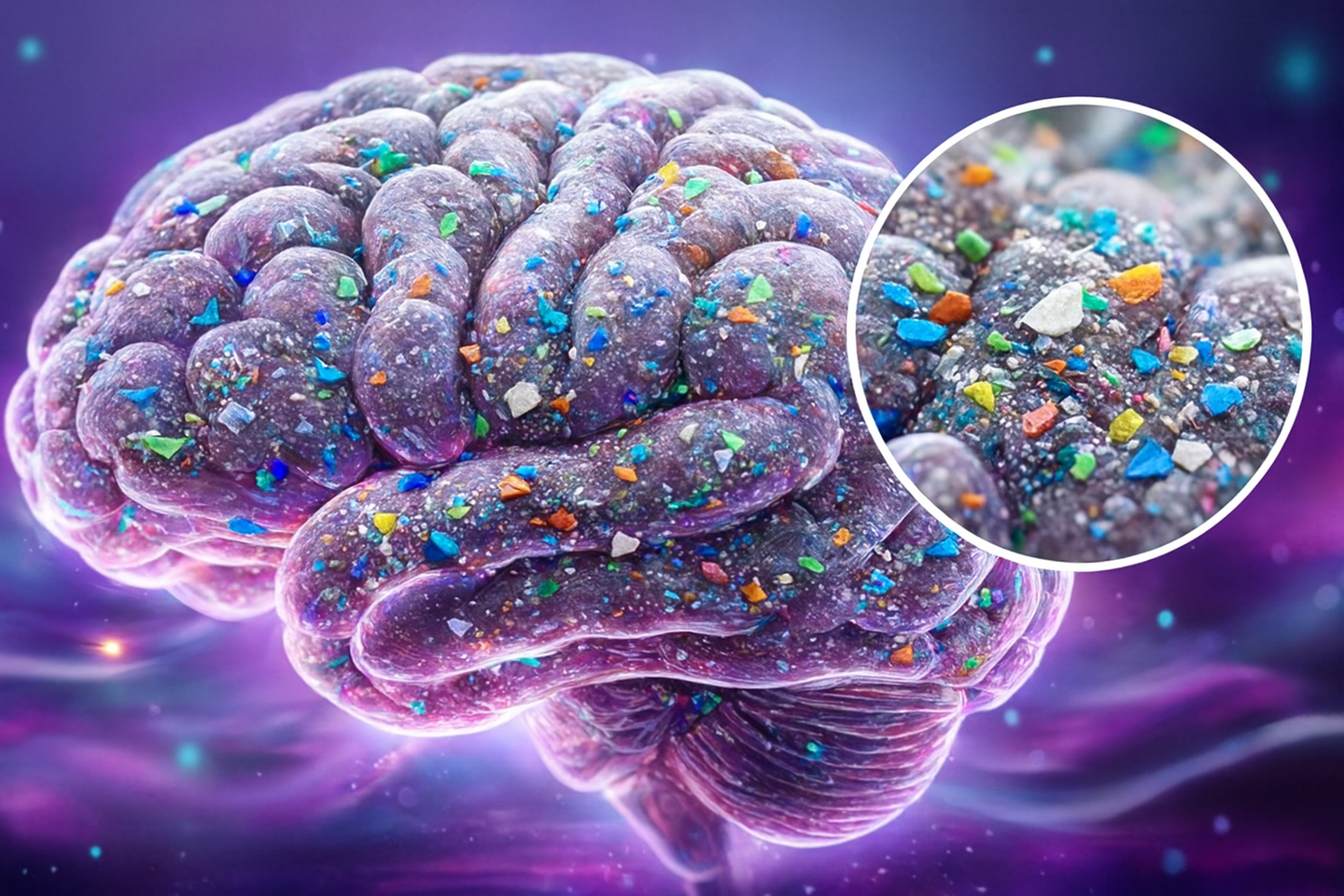Human genome mapping uncovers 50,000 mysterious DNA structures
New research maps 50,000 i-motifs in human DNA, revealing their potential roles in gene regulation and disease-linked genomic functions.

Researchers have identified and mapped 50,000 i-motifs across the human genome, revealing their role in gene regulation and opening new possibilities for diagnosing and treating diseases. (CREDIT: Adobe Stock)
DNA's double helix has long stood as the symbol of life’s code. But buried within the genome lies a deeper level of complexity. One of the more intriguing discoveries in recent years is the i-motif—a twisted, four-stranded DNA shape that forms when cytosine-rich regions fold into knots.
These i-motifs don’t follow the usual rules of the double helix. They appear when cytosine bases on the same strand pair up, forming a compact and stable configuration. For years, many believed they only formed under acidic conditions and were unlikely to appear in living cells.
Charting the Genomic Landscape of i-Motifs
That assumption has now been overturned. A recent study has shown that i-motifs are not rare or unstable. Researchers from the Garvan Institute of Medical Research identified over 50,000 i-motifs scattered throughout the human genome. Their results were published in The EMBO Journal, offering the most detailed mapping of these structures to date.
The team used a custom-built antibody that specifically binds to i-motifs. This tool allowed scientists to track where these structures appear in three types of human cells. The findings suggest that i-motifs are far more common—and possibly far more important—than previously thought.
“This study confirms that i-motifs are not just laboratory curiosities but widespread structures that likely play key roles in genomic function,” says Professor Daniel Christ, senior author of the study. His statement marks a turning point in how researchers view DNA’s architectural flexibility.
The discovery adds weight to a growing belief that DNA is not just a passive storage system. I-motifs may play active roles in regulating which genes are turned on or off. They could also be involved in timing key cell processes, including division and repair.
These formations appear especially under conditions common in living cells, such as molecular crowding and DNA twisting. This means i-motifs are likely not fleeting oddities but functional elements shaped by the dynamic nature of the genome.
Related Stories
As science uncovers more of these complex patterns, the double helix no longer tells the whole story. The genome’s hidden knots could reshape our understanding of health, aging, and disease at the molecular level.
i-Motifs Found in Gene Regulation Hotspots
The latest study found that i-motifs are not randomly distributed. Instead, they are concentrated in genomic regions critical for regulating gene activity. These areas include promoter regions of genes that are active during specific cell cycle phases.
“We discovered that i-motifs are associated with genes highly active during certain times in the cell cycle, suggesting they play a dynamic regulatory role,” explains Cristian David Peña Martinez, the study’s first author.
Intriguingly, i-motifs were also identified in the promoter regions of oncogenes, including the notoriously “undruggable” MYC oncogene. This discovery opens new avenues for targeting genes linked to cancer and other diseases.
Therapeutic Potential of Targeting i-Motifs
The potential applications of i-motif research extend beyond understanding DNA structure. Their association with regulatory regions linked to disease highlights their promise as therapeutic and diagnostic targets.
Associate Professor Sarah Kummerfeld, a co-author of the study, underscores this potential. “The widespread presence of i-motifs near ‘holy grail’ sequences involved in hard-to-treat cancers opens up possibilities for innovative diagnostic and therapeutic approaches,” she says.
Designing drugs to target i-motifs could provide a novel way to influence gene expression, expanding options for treating diseases like cancer.
Future Directions in i-Motif Research
While the discovery of i-motifs marks a significant milestone, their full biological implications remain a subject of ongoing investigation. Advanced techniques, such as high-affinity i-motif immunoprecipitation followed by sequencing, have enabled researchers to map these structures and explore their genomic distribution. These tools have shown that i-motifs are prevalent in genes upregulated during the G0/G1 cell cycle phases.
“This study exemplifies how fundamental research and technological innovation can converge to make paradigm-shifting discoveries,” says Professor Christ. The ability to map i-motifs and identify their roles in gene activity provides a foundational resource for future studies.
Researchers aim to unravel their structural and molecular functions further, paving the way for breakthroughs in understanding genome architecture and function.
The journey to decode i-motifs continues, offering exciting opportunities to address fundamental questions about DNA’s hidden complexity.
As research progresses, these unique structures may hold the key to unlocking new treatments and diagnostics for diseases that have long eluded effective solutions.
Note: Materials provided above by The Brighter Side of News. Content may be edited for style and length.
Like these kind of feel good stories? Get The Brighter Side of News' newsletter.



